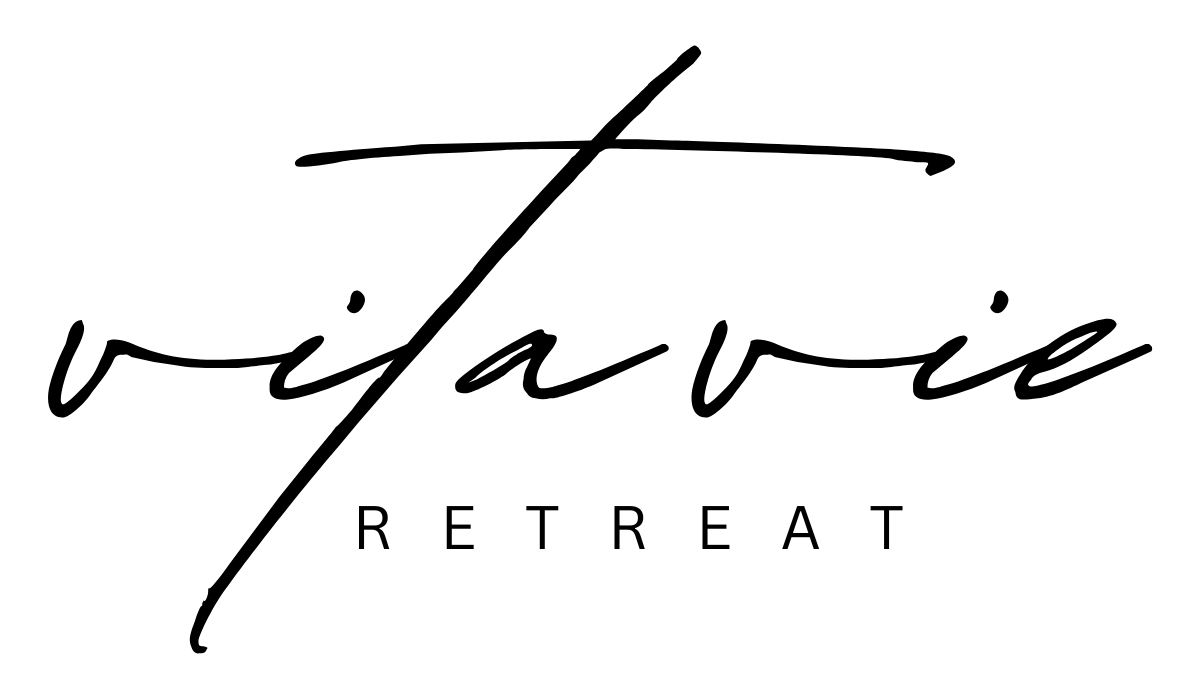Carnivore Diet vs. High-Protein Diet: What’s the Difference?
/With so many diet options available, two that often come up are the carnivore diet and a high-protein diet. Though they may sound similar, they are quite different in food choices, nutritional makeup, and long-term benefits. Whether you’re looking to lose weight, build muscle, or just improve overall health, understanding these differences can help you decide which (if either) may be a good fit.
In this post, we'll dive into what each diet entails, its key differences, and what you can expect if you choose to try one over the other.
1. Understanding Each Diet
Carnivore Diet: The carnivore diet consists of animal-based foods only. This includes meat, fish, eggs, and in some cases, dairy products like cheese or butter. All plant-based foods are excluded, meaning no vegetables, fruits, grains, or legumes. It’s often very low in carbohydrates and tends to focus on fats and proteins to meet energy needs.
High-Protein Diet: A high-protein diet emphasizes protein but allows a much broader range of foods. Protein sources can include both animal products (meat, fish, eggs, and dairy) and plant-based sources (beans, lentils, nuts, seeds, and certain grains). While protein makes up a significant part of daily intake, a high-protein diet also includes carbohydrates and fats for a more balanced nutritional profile.
2. Key Differences Between the Carnivore and High-Protein Diets
FOOD VARIETY
Carnivore Diet: Restrictive by nature, this diet is centered solely on animal products. The goal is to eliminate plant foods to improve digestive issues, reduce inflammation, or even assist in specific autoimmune conditions. However, some people may find the limited variety challenging.
High-Protein Diet: This diet allows for a wider variety of foods, including vegetables, fruits, grains, and legumes. This flexibility not only makes it easier to follow long-term but also offers more opportunities to enjoy varied flavors, textures, and dishes.
MACRONUTRIENT COMPOSITION
Carnivore Diet: With nearly zero carbohydrates, the carnivore diet relies on protein and fat for energy. Most adherents consume higher amounts of fat to make up for the absence of carbs, putting them in a low-carb or ketogenic state. This can lead to rapid weight loss but may also increase cholesterol levels for some.
High-Protein Diet: Typically, a high-protein diet includes around 20-35% protein, with the remainder of calories coming from fats and carbohydrates. This balance supports a range of energy needs, allowing for both endurance and strength training or simply supporting a balanced lifestyle.
FIBER INTAKE
Carnivore Diet: Lacking in fiber, the carnivore diet can sometimes lead to digestive issues, such as constipation, especially in the early stages. Fiber is crucial for gut health and helps with digestion, cholesterol regulation, and even satiety. People on a carnivore diet must often rely on fat sources to avoid digestive discomfort.
High-Protein Diet: Including plant foods means the high-protein diet provides fiber. Fiber from vegetables, fruits, and whole grains supports digestive health, promotes feelings of fullness, and helps regulate blood sugar. This aspect alone makes it a more well-rounded choice for long-term health.
MICRONUTRIENT DIVERSITY
Carnivore Diet: Animal products offer certain vitamins and minerals like B vitamins, iron, and zinc, but they lack key nutrients such as vitamin C, potassium, and magnesium, typically found in plant foods. Many people on the carnivore diet supplement to cover these gaps.
High-Protein Diet: A high-protein diet that includes vegetables, fruits, and grains is naturally more nutritionally balanced. It’s easier to get a wider range of vitamins and minerals, such as vitamin C, folate, potassium, and antioxidants that support immune function and reduce inflammation.
3. Health Benefits and Considerations
CARNIVORE DIET
The carnivore diet has gained attention for its potential in reducing inflammation, improving autoimmune symptoms, and promoting rapid weight loss. However, research on its long-term effects is limited. Due to its exclusion of plant-based nutrients, some experts are concerned about the diet’s sustainability and potential for nutrient deficiencies over time. People on this diet may also experience higher cholesterol levels, which can be a health risk for certain individuals.
Consider this diet if: You have specific autoimmune conditions, want to try an elimination diet for certain health issues, or have found improvement in inflammation on a low-carb, high-fat diet.
HIGH-PROTEIN DIET
High-protein diets have been widely studied and are known for supporting muscle maintenance, satiety, and metabolism. When balanced with a variety of plant-based foods, they can also support cardiovascular health, digestion, and long-term weight management. Unlike the carnivore diet, a high-protein diet is usually sustainable, as it allows for flexibility and nutrient variety.
Consider this diet if: Your goals include muscle building, weight loss, or simply achieving a balanced approach to nutrition that you can stick with long-term.
4. Choosing the Right Diet for Your Goals
When deciding between these diets, consider your goals and preferences.
If you want rapid results and are open to a more experimental approach, the carnivore diet could provide short-term benefits, especially if you are managing specific health issues like autoimmune symptoms. However, it’s best to do so under medical supervision.
If you’re looking for long-term, sustainable results with balanced nutrition, a high-protein diet is likely the better choice. With its allowance for both animal and plant-based foods, it’s easier to follow and better supports overall health by offering a full range of nutrients.
Both the carnivore and high-protein diets emphasize protein, but they take drastically different approaches to get there. The carnivore diet may offer quick results and benefits for certain individuals, but it’s more restrictive and may not be sustainable long-term. A high-protein diet, on the other hand, provides flexibility, making it easier to maintain a balanced diet that supports muscle growth, satiety, and overall health.
Before committing to any diet, remember to consider how it aligns with your lifestyle, health conditions, and long-term goals.
Looking to take the guesswork out of a high-protein diet?
The High Protein Reset is designed to make a high protein/lower carb lifestyle simple!
With over 200+ recipes, easy-to-follow meal plans, balanced recipes, and tips for incorporating high-quality protein into every meal, this guide will help you stay on track and reach your health goals—whether you’re building muscle, losing weight, or simply looking to eat healthier.
GET IT NOW: THE HIGH PROTEIN DIET BLUEPRINT






















